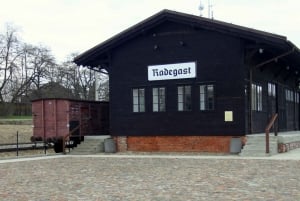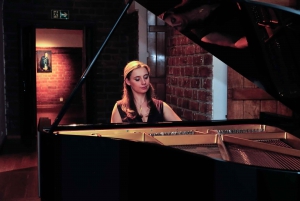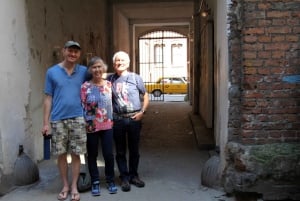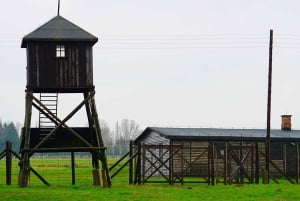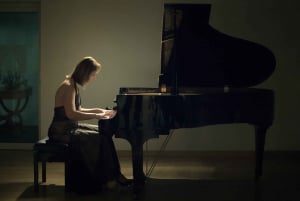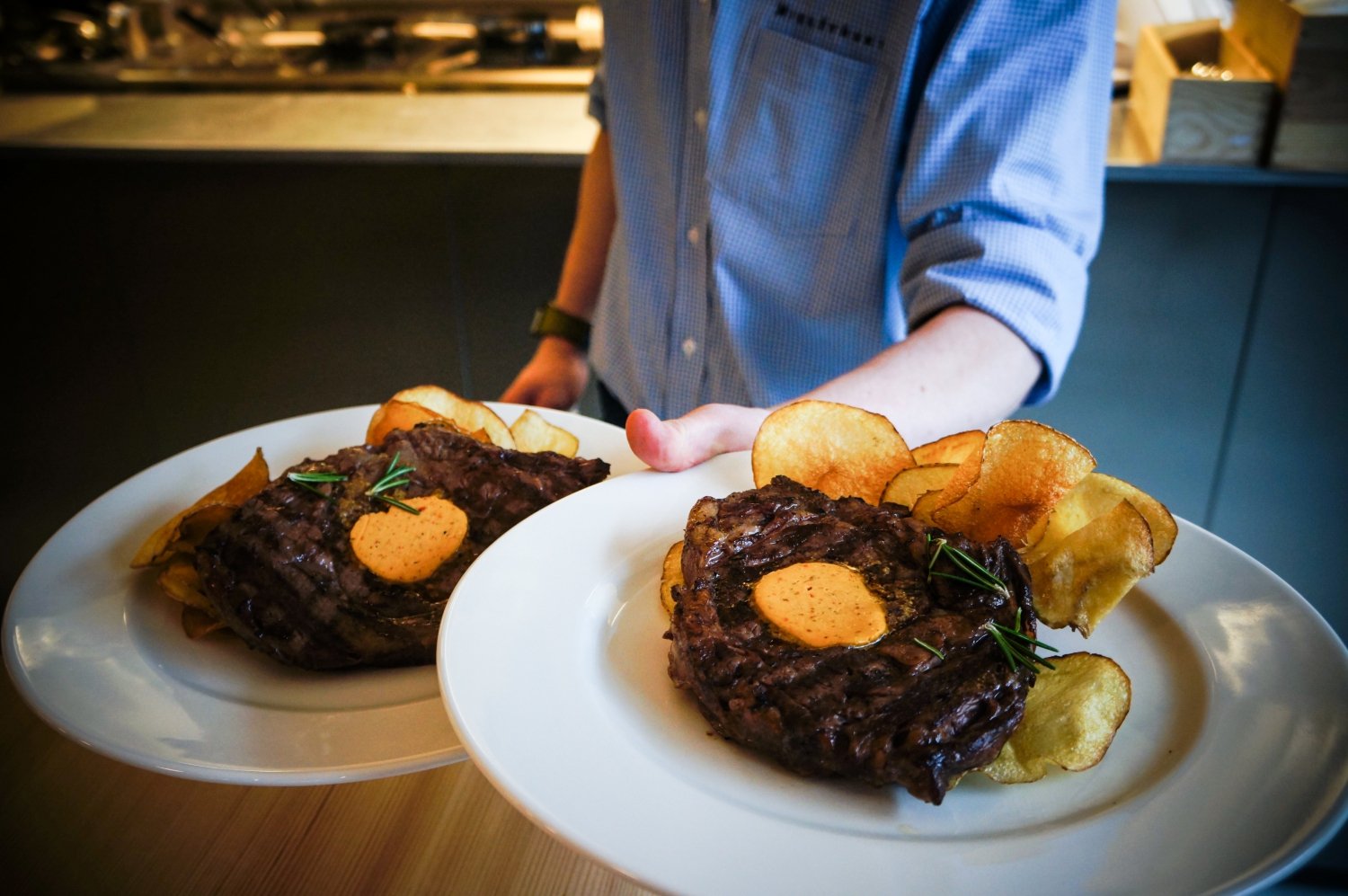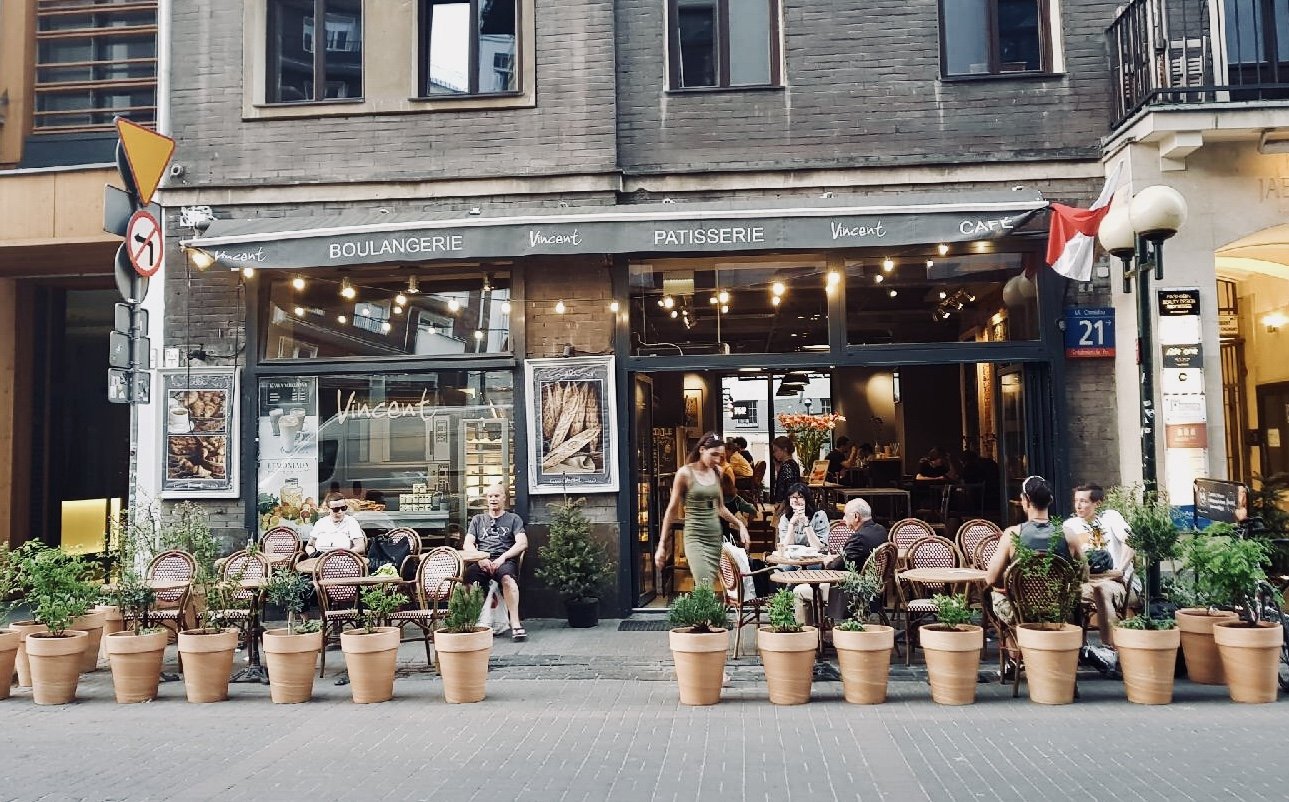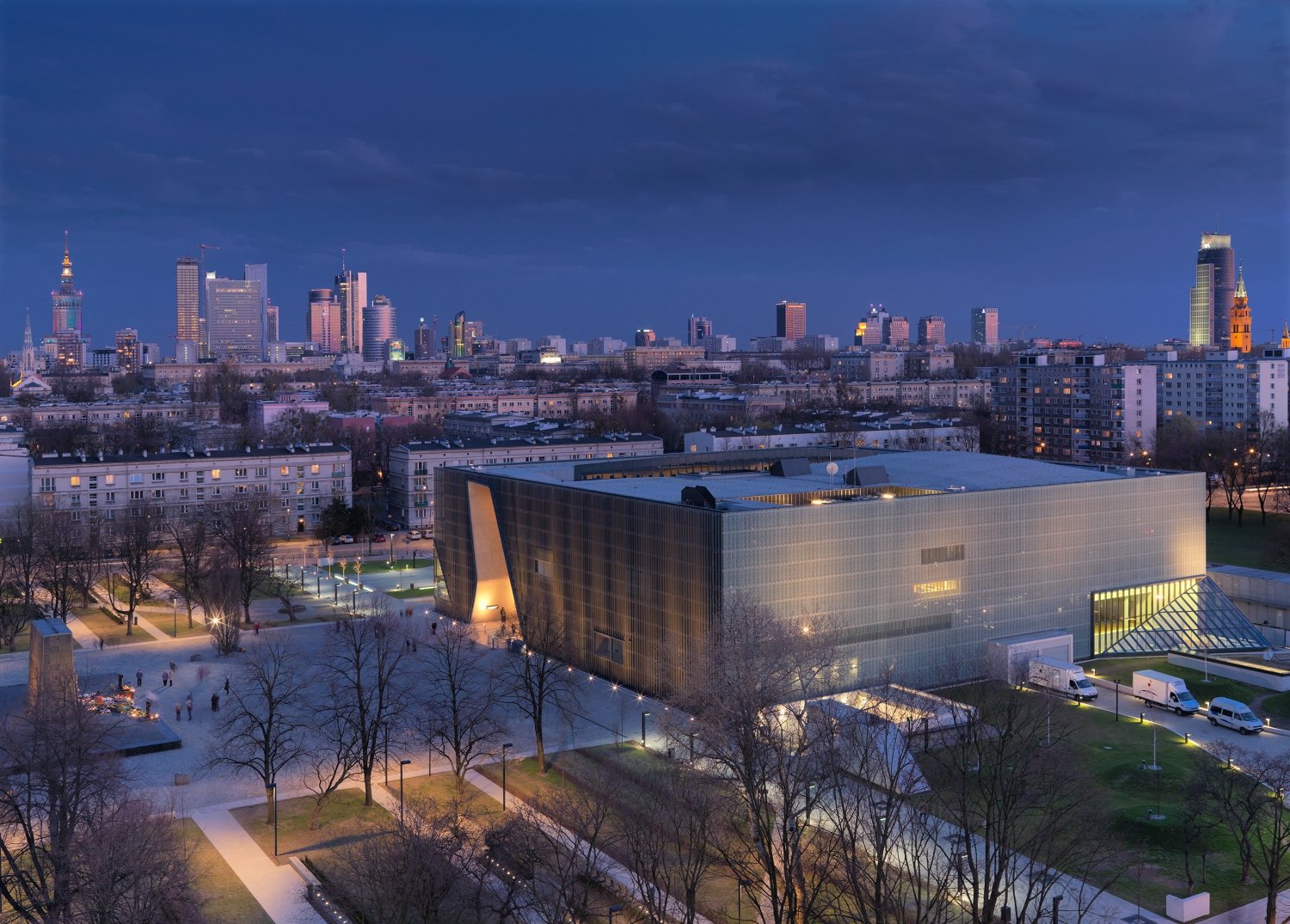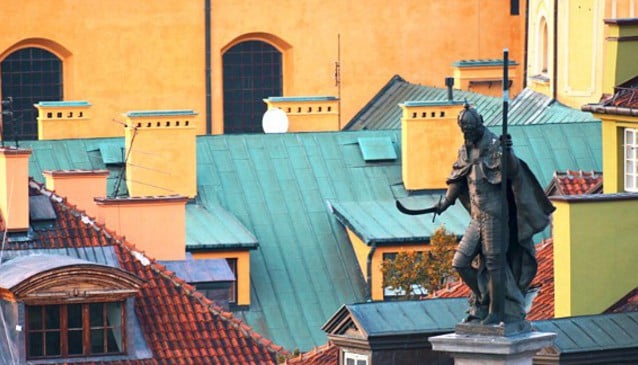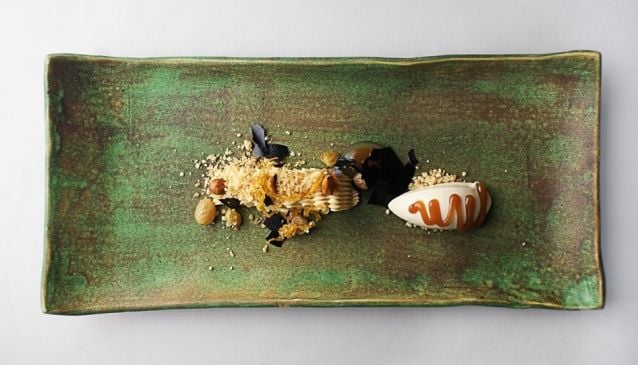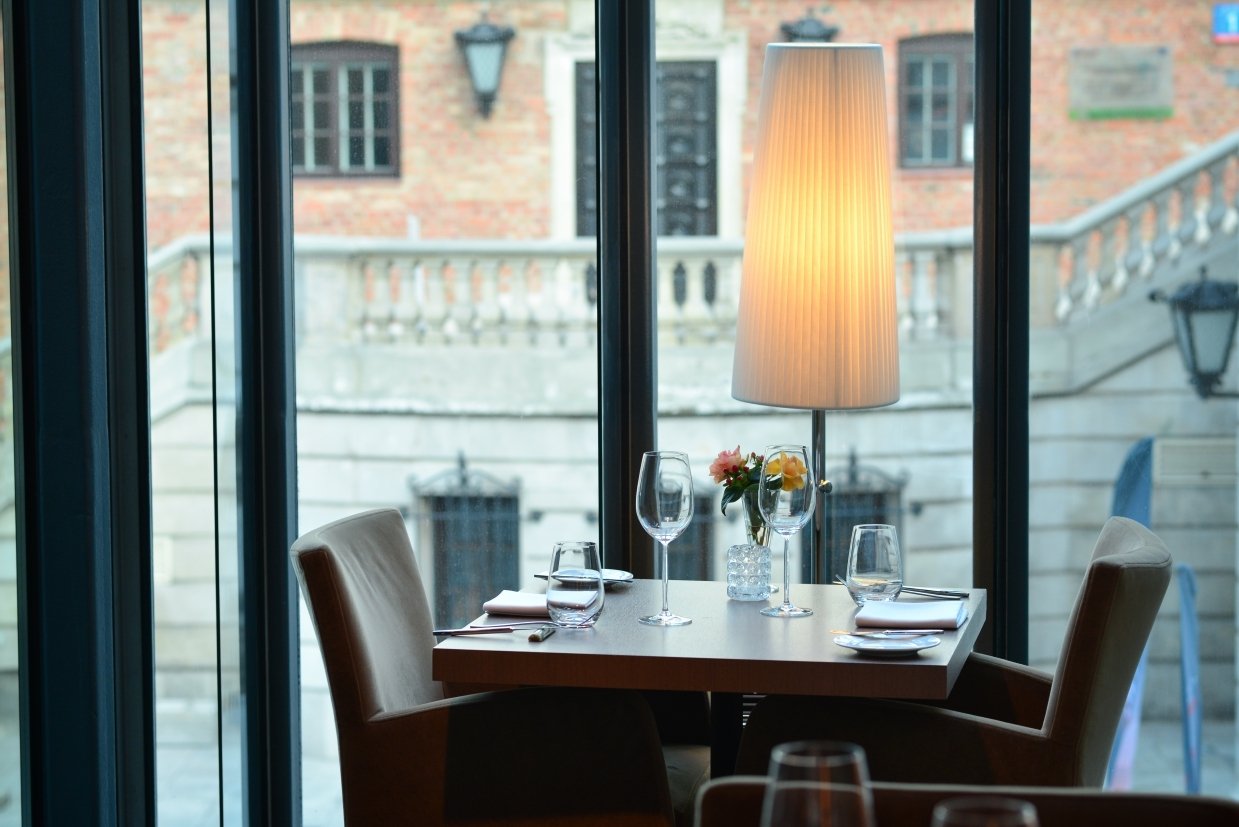Old Town - Starowka
Warsawâs Old Town is a step back in time where you can enjoy walking along the cobble-stoned streets, be amazed by some of the historical sights and later on have a drink and treat yourself to a quality Polish meal. Dating back to the 13th century, this part of the capital city is steeped in history and has been flawlessly reconstructed having been nearly completely destroyed during World War II. This is why it gained its place on the UNESCO World Heritage List in 1980.
The Market Square in the Old Town is surrounded by an array of cafes and restaurants in Renaissance style buildings that have been wonderfully reconstructed. Enjoy the great variety of street performers in the shadow of the bronze statue of the Warsaw Mermaid, the symbol of Warsaw, which was erected in 1855 in the place where the Town Hall previously used to be. Some of the most interesting buildings are the History Museum on the north side of the square and the Literature Museum on the east side.
The Castle Square is probably the most popular area of the Old Town and it is here you can find the Royal Castle. Most parts of the castle are open with attractions such as two Rembrandt paintings and other works by Bernardo Bellatto, the court painter to Polandâs last king, whose images helped in the reconstruction of the Old Town. The façade and clock tower are one of the most picturesque views in the Old Town. From the side of the castle, down the grand steps, you can enjoy a wonderful view from riverbank level of the Kubicki Arcades. These arcades are original and now house an archaelogical exhibition. The statue of King Zygmunt III, is also located here. He is famous as being the king who moved the capital from to Warsaw.
There are many churches in the Old Town. St. Johnâs Cathedral, dating back to the 15th century, holds the remains of many significant Polish personalities including the last king of Poland, Stanislaw August Poniatowski, Nobel Prize winner Henryk Sienkiewicz and the first two Polish Presidents, Narutowicz and Moscicki. It is also the place where kings and queens were crowned. The Jesuit Church next to St. Johnâs Cathedral was established after the 15th century. St. Martinâs Church contains a mixture of styles, gothic on the lower part of the church and baroque on the upper part and is known as being a meeting place for opposition groups in the 70âs and the 80âs.
Other worthwhile sights include the Barbican which was built in 1548 and is the meeting point of the Old Town and the New Town. It is incorporated into the Old Town Wall which was built in the 15th century and took 200 years until it was fully constructed.
For more info on Warsawâs Old Town click here.


